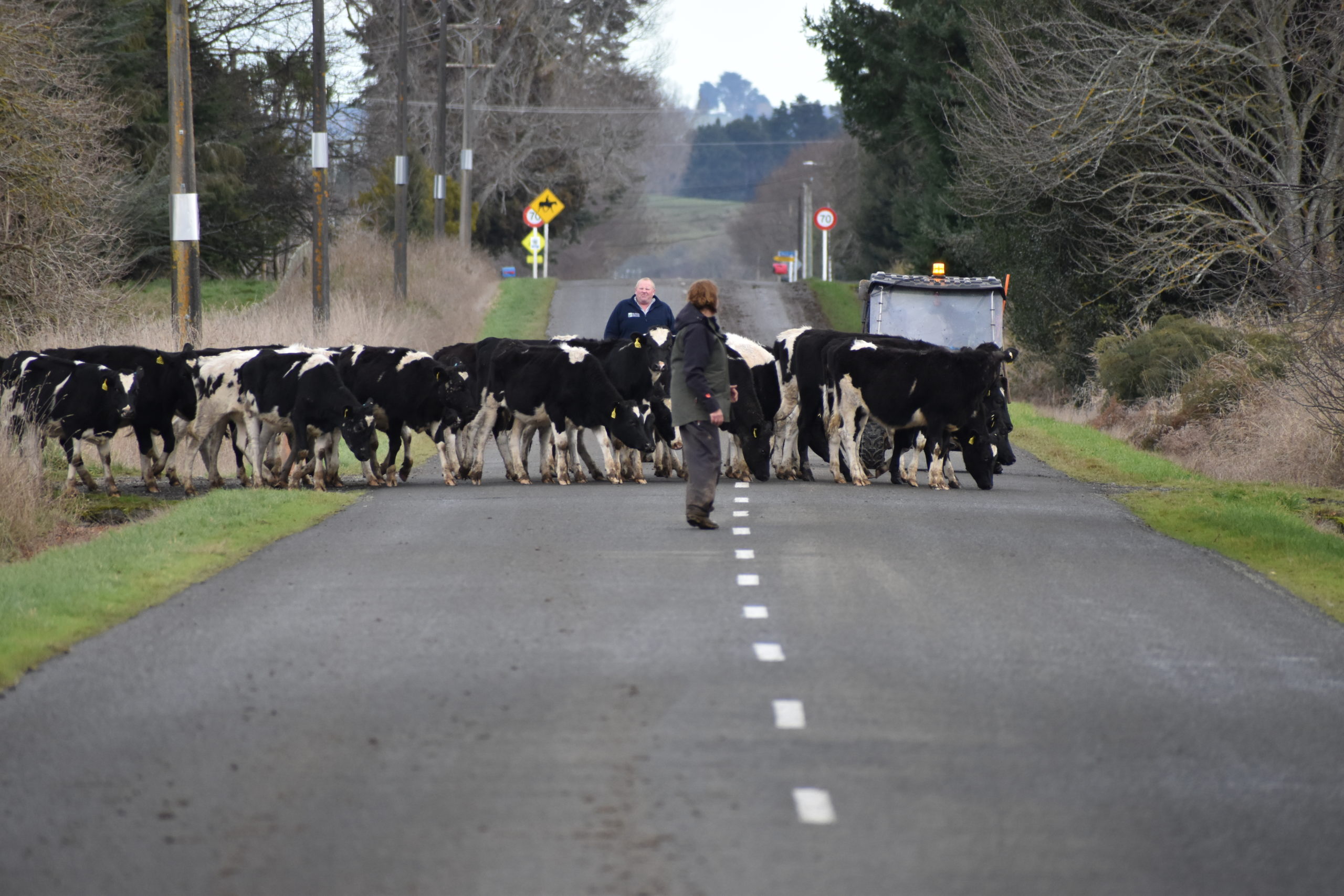Tips for Trucking:
With April almost upon us, now is the time to begin preparing your R1s to head out grazing and for the return of your in-calf heifers. By now, you would have contacted your local NZ Grazing Service Manager (SM) to sign your contract and reserve your grazing space, or if you are a grower to confirm the number of animals you wish to graze. Your R1 heifers will
already be tagged and registered on NAIT, check your numbers registered on Nait matches what you have on the ground. You cannot register an animal once it has left your property. A weigh date (start or final) will be locked into your calendars. Now what?
Time to get ready for trucking! Some things to be aware of and ensure your SM knows your specifics:
Flexibility in trucking date
Obviously not all movements can be completed in one day, so being flexible on trucking dates will be most appreciated and often more cost effective since movements can be co-ordinated easier. Movements can begin a week or so either side of the 1 st of May for the trucking company and unfortunately, not everyone can be accommodated in one day.
Confirm number of animals
Having a confirmed number of animals will assist your SM and the transport company with their scheduling; even knowing a minimum-maximum figure will be helpful. An indication of animal size and weight is very helpful for the transporter to work out loading capacities.
Single or Double decking
Make sure to advise with your SM if your animals can be double decked or if you require single decking only. This information can affect what trucks might be available on the day of your movement.
Trailer Access
Make sure your SM knows if your property cannot accommodate a trailer, and is ‘truck only’ access, will also affect what vehicles can be available for your movement.
Health & Safety
Check your loading/yarding facilities thoroughly to ensure that it is clean and safe or not only yourself but also the truck driver, NZG weighing staff and animals. Check and replace any rails, gate latches/hinges etc that need attention and
ensure that walkways aren’t slippery. Being available to help load/unload the animals is essential at this busy time of year.
Yarding of animals
Ensure you have yarded your animals in advance of the truck arriving (off green feed and provided with water for at least 4 hours before trucking). Please don’t wait until the truck is driving up to the yards to get the animals in – no ‘truckie’ will
appreciate having to wait while you do so. Providing an alternate feed (feeding hay or other roughage with supplements like Causmag), can make all the difference in the health of the animal at the end of journey (especially if it’s a long
one) and can help prevent issues like staggers (particularly in older stock).
Check tags
Despite best efforts, cattle can lose tags in the blink of an eye. Have a scan through when you’ve yarded your animals to make sure they all still have a NAIT (EID) tag and ensure you have spare tags available to the NZG team so they can
replace any that are lost when they do the start or final weigh prior to trucking.
Animal Status Declaration (ASD)
Make sure you have filled out your ASD completely and have made this available for the driver to collect – or advised that an electronic one has been completed and sent to the appropriate parties.
Keep access to loading ramp clear
Please don’t park or leave equipment and vehicles in the way of the ramp, even temporarily. Though you would have been given a collection and/or delivery time, these can vary for a number of reasons and you might see a truck before you
see a voicemail or message.

